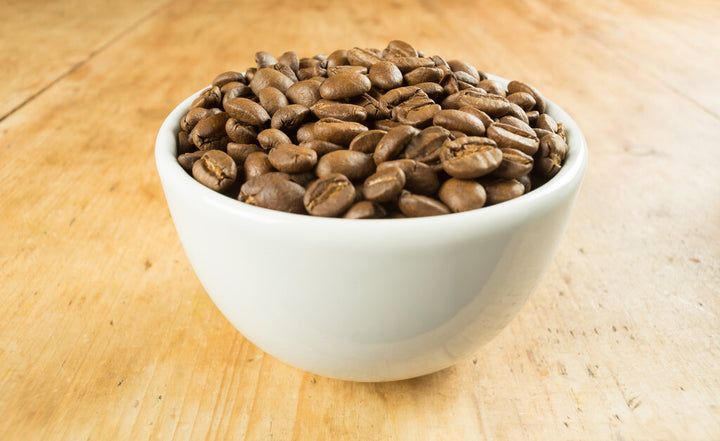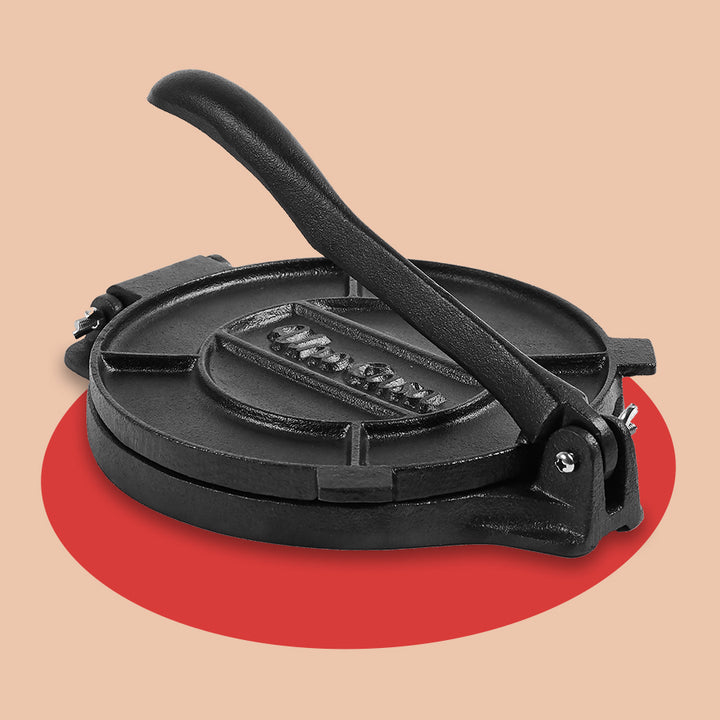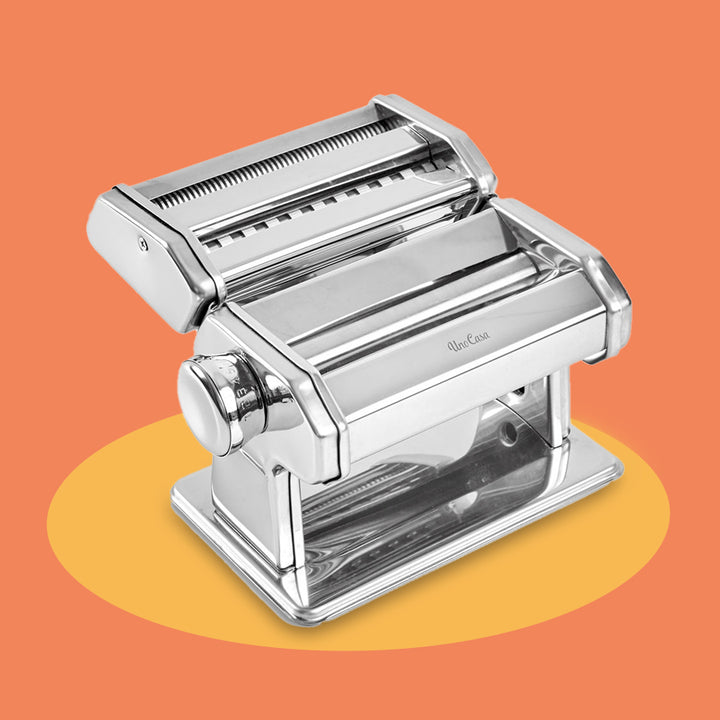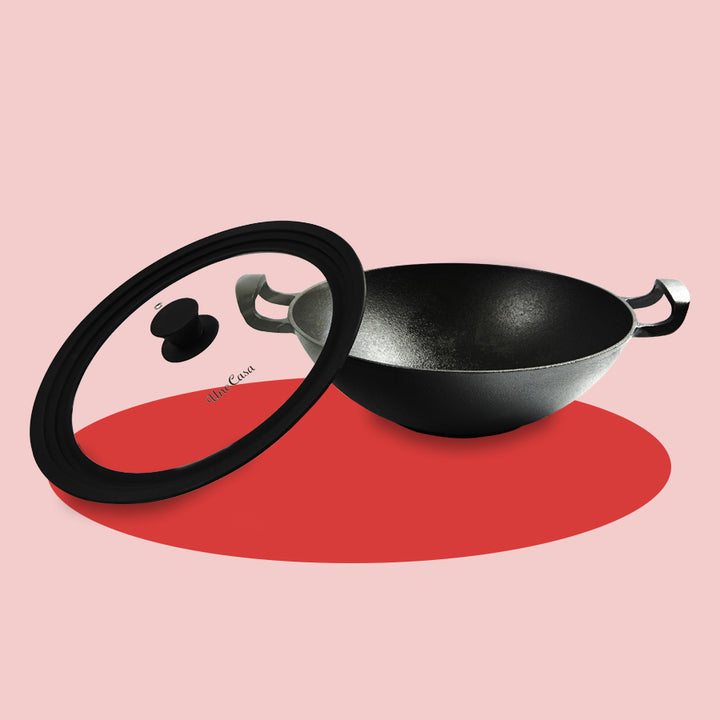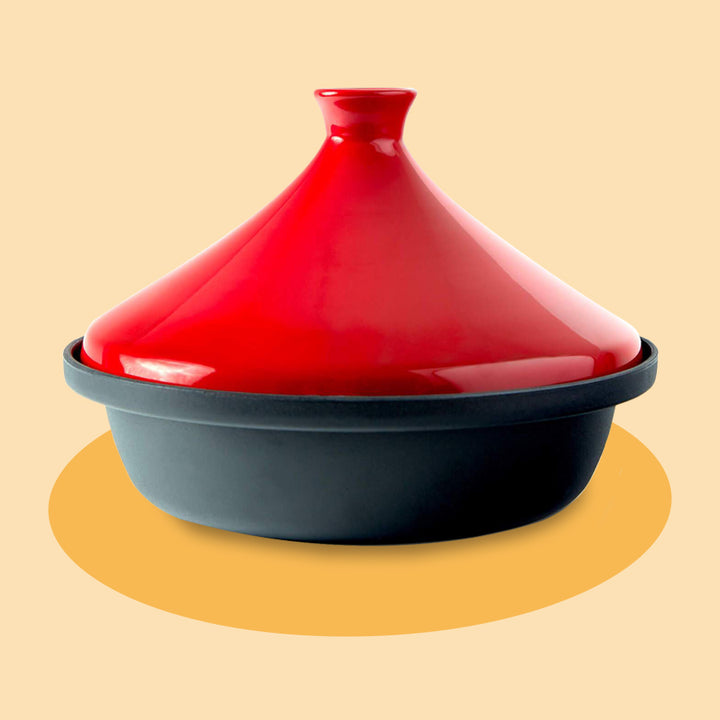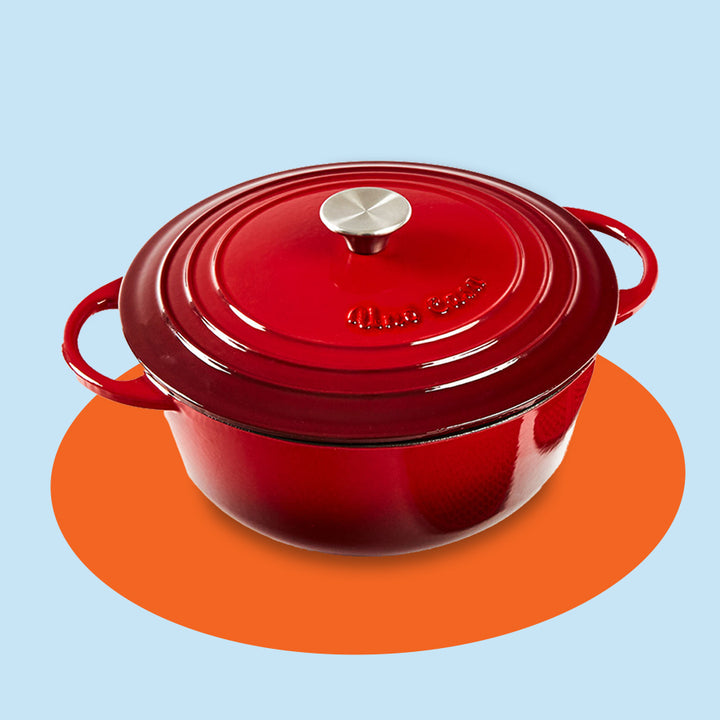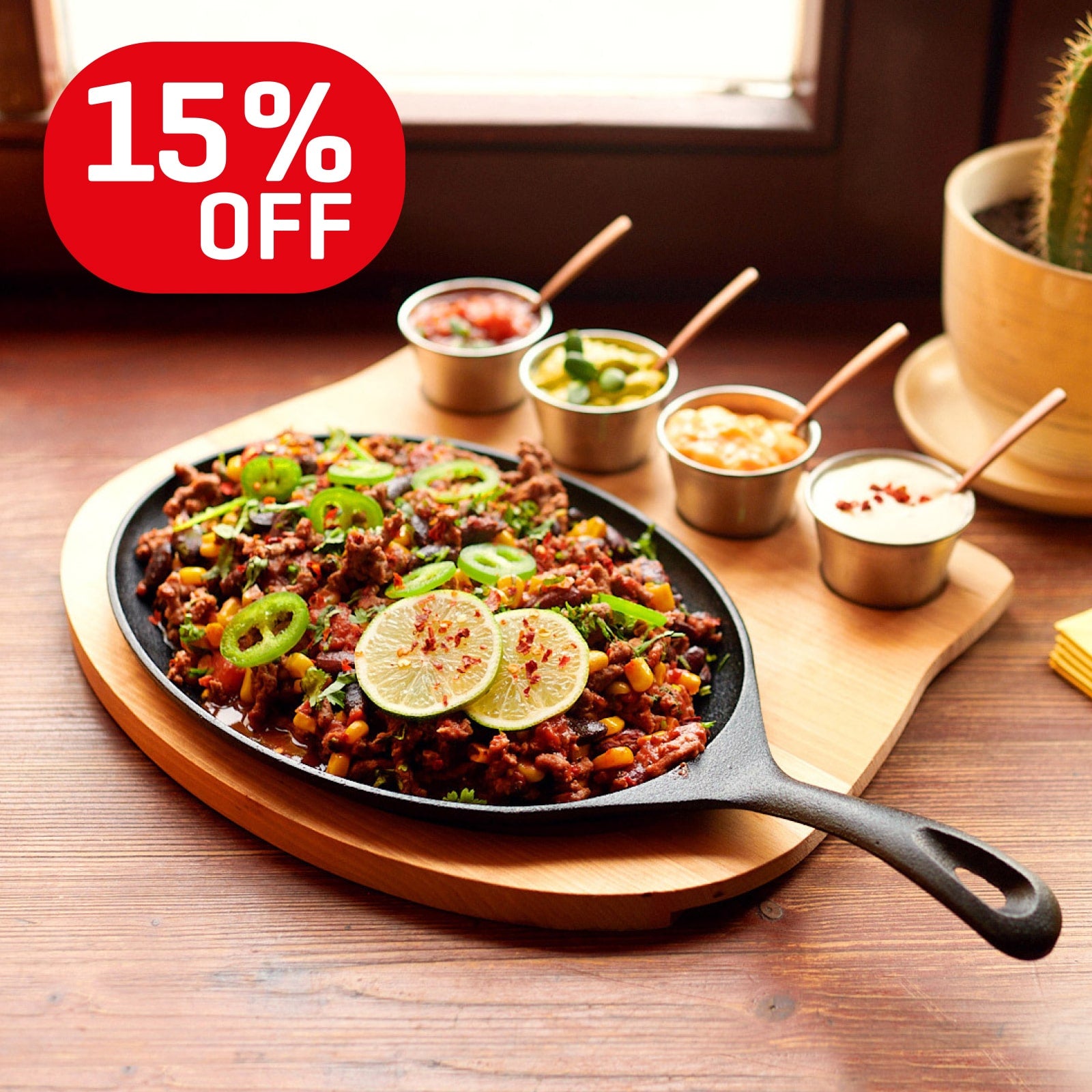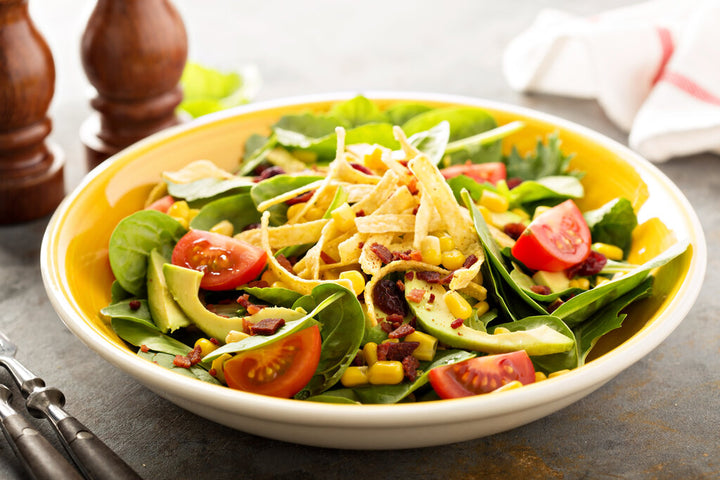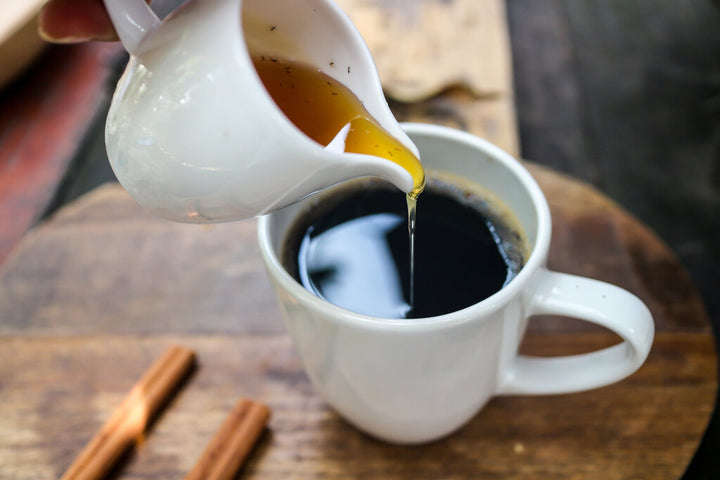Pour-Over Coffee: Tips for the Best Start of Your Day

The pour-over coffee brewing technique has been popular in Europe since the 1900s, with records of use elsewhere going back centuries. However, it has been "rediscovered" in recent years by the specialty coffee movement and shows no signs of disappearing any time soon!
What Is Pour-Over Coffee?
Pour-over coffee is a specialist method for brewing coffee that requires brewers to slow down for a controlled brewing process and high-quality coffee. This control offers an incredible taste and clarity of flavor that's difficult to match using any other method.
When making pour-over coffee, the process of continuously replenishing the hot liquid surrounding the coffee grounds enables a faster and more efficient brew that extracts more flavor from the grounds.
In theory, pour-over coffee isn't dissimilar to drip coffee makers, but the human touch ensures that every cup is made perfectly.
What's makes pour-over coffee so special?
You might be wondering, what is pour-over coffee? And, why is pour-over coffee so special?
Pour-over coffee is often considered to be of a much superior quality to coffee brewed in a drip machine, or a French press, or other similar pieces of traditional coffee brewing equipment.
At its most basic, pour-over coffee is simply the act of pouring hot water over freshly ground coffee beans. The ground coffee is held in a conical device that allows the coffee to then drip down through a filter and into a cup below. The process is very similar to the process employed by a drip coffee machine; the major difference, though, is that pour-over coffee allows you to control many more aspects of the brew.
Pour-over coffee is brewed by hand. There are no buttons to push (except if you are using a coffee grinding machine, of course). You can precisely control the speed at which you add water to coffee. You can control the temperature of the water. You can brew coffee exactly the way you like it!
Once you've perfected the perfect pour-over coffee ratio, the perfect water temperature, and speed of pouring, then you can easily replicate the formula every time you fancy a brew.
That's what makes pour-over coffee so special!
How To Make Pour-Over Coffee
Although pour-over coffee is often considered a complicated method for brewing coffee, it's actually simple to perfect. As long as you have the appropriate equipment – and a little patience – homemade pour-over coffee can quickly become the best part of your day.
This is our favorite recipe for pour-over coffee. However, there are several variants you can adjust to develop the perfect cup of coffee for your tastes: the roast, coffee/water ratio, and the water temperature will all dramatically affect the flavor of your cup.
What you need:
- High-quality, whole coffee beans - as close to the roast date as possible.
- A pour-over coffee maker
- Filtered water
- A gooseneck kettle
- Paper filters (although I suggest a pour-over coffee that comes with a reusable stainless steel micro-ground filter, so you don't need a paper filter)
- A burr grinder (avoid blade grinders, as these can unevenly 'chop' coffee)
- A scale.
Directions:
We've gone for a standard ratio of 1g of coffee for every 16ml of water for this recipe. Make two cups (500ml) of coffee with 32g of ground coffee and 500ml of hot water. You can alter this proportion to suit your personal tastes once you've mastered the technique, and be sure to use a digital scale to weigh out the coffee accurately.
- Use a scale to weigh 32g of fresh, whole coffee beans.
- Place the beans in a grinder and grind them to the consistency of fine sea salt.
- Bring 600ml of cold water to the boil in a gooseneck kettle.
- If using a paper filter, unfold this and insert it into the top of your pour-over coffee maker.
- Pour a little (up to 100ml) of the hot water over the paper filter to saturate it (reducing the 'papery' taste), pour any excess water out through the spout.
- Add your coffee grinds to the wet filter and gently shake the pot to settle.
- Slowly pour just enough hot water to cover the coffee grounds (approximately 66ml), and allow the coffee to 'bloom' for 45 seconds.
- Once the coffee has bloomed, slowly pour around 200ml over the coffee, working clockwise in a spiral from the center-out.
- Allow the coffee to rest for 10 seconds, then pour around 200ml water over the grinds outside-in.
- Leave another 10 seconds (careful never to let the grounds get too dry), then pour the remaining 100ml of water over the coffee in the same spiral pattern as the second pour.
- Use any remaining hot water to warm your mug before pouring out your coffee.
Pour-Over Coffee making - FAQ
What's the best ratio of coffee to water?
There are many rules to best coffee to water ratio. Baristas love talking about the fabled 'Golden Ratio' when it comes to being the best coffee. The 'Golden Ratio' is essentially the perfect ratio of coffee beans to hot water, but because everyone likes to enjoy their coffee in a different way, the 'Golden Ratio' can be different from one coffee lover to the next!
The great thing about pour-over coffee is that you can control the number of coffee grinds for pour-over down to the exact gram, and you can control the quantity of hot water to the perfect ounce. You can use scales to get the exact weights, just right, every time you brew up.
We recommend experimenting to find the perfect ratio of coffee to water for your pour-overs. The more coffee or less water you have, the stronger the brew will be.
Our baristas usually suggest starting with 21 grams of ground coffee for every 10 ounces of hot water. If you don't have scales for measuring, then 21 grams will be approximately 3 tbsp of ground coffee beans.
What is the difference between pour-over and drip coffee?
While there might be a similar theory behind both pour coffee and drip coffee (bot methods essentially come down to dripping water over coffee), there are fundamental differences that create two very distinct brews of coffee.
The main difference we've already explained earlier in the article; control. A pour-over coffee filter and coffee kit allow you to really control not only the exact weight of coffee and water, the speed and temperature at which you brew the coffee.
A drip machine, on the other hand, only has its pre-programmed settings. You load up the coffee and hit the go button. There's no real control over the process.
Being able to control the weights and temperatures allows you to create the brew the way that you like it. Being able to control the speed of the pour-over itself (the rate at which you pour the water over the ground coffee), allows you to release more flavor if you desire. A slower pour will release more of the distinct taste of the beans you are brewing to create a more flavorful brew.
What is the best coffee for a pour-over brew?
There are so many different blends of coffee beans and styles of coffee roasting, that it would be impossible to go through every possible variety that works well for pour-over brews.
We encourage you to experiment with your beans as much as you experiment with the strengths and quantities. You never know which blend might surprise you and which coffee for pour-over might turn out to be your favorite!
One of your favorite blends for a quality pour-over brew, is Kona coffee, which originates from Hawaii's Big Island. We particularly enjoy the deliciously rich flavor that's only released by a slow, controlled, pour-over. The pour-over coffee technique works really well with other blends of coffee that have subtle flavors and aromas, too.
Can You Use a Regular Coffee Filter for Pour-Over Coffee?
"Regular" coffee filters are generally used in larger drip-coffee makers and are usually "size 4." The right size filter for a pour-over coffee will vary depending on the coffee maker you're using. Don't ever use a filter that's too large for your coffee pot as this will hinder water flow and can trap coffee grounds, providing you with a less consistent extraction and less delicious cup of coffee.
Some pour-over coffee makers come with a reusable stainless steel filter, which allows you to make as many cups as you like without ever worrying about running out of filters!
If you want to make sustainable coffee drinking choices, then a reusable coffee filter is definitely the way to go. You could opt for stainless-steel or cloth coffee filters also make an excellent option.
If you are sticking with paper filters, it's crucial to 'wet' the filter with hot water before adding your grounds. This ensures there's no papery taste to your coffee and aids in the blooming process.
Pour-Over Coffee Top Tips
As you've seen, the method for pour-over coffee brewing is relatively straightforward. However, there are several variables that can make or break your cup of coffee. Experimenting with these is a big part of the draw to pour-over coffee, as it allows you to find your perfect brew.
These are our top tips for making the perfect cup of pour-over coffee, whether it's things to consider or opportunities for experimentation:
1. Coffee Beans
Even if you forget everything else to do with coffee making, be sure to get the right beans!
A high-quality bag of beans will be transparent and share the information you need to make your purchase right on the label. There are many aspects to analyze when shopping for coffee beans, but the two most important are where it was grown and when it was roasted.
The location where your beans were grown can significantly influence the taste of the final cup, so we recommend experimenting with coffee from around the world until you find the perfect flavors for you.
The roast date is also vital, as this ensures your beans are as fresh as possible. Coffee beans start to lose their flavor the minute they're roasted, so you ideally want to look for beans that were roasted no more than two weeks before purchase.
2. Coffee Grounds
The next thing to know when buying coffee is to always buy whole beans. We've already mentioned how coffee starts to lose its flavor once roasted, but this process speeds up further once you've ground your coffee!
It's well worth investing in a burr grinder vs. a blade grinder, as blades will roughly chop your coffee while the burr grinder creates a wonderful, even grind perfect for pour-over.
It's also necessary to consider the coarseness of your coffee grind. Generally, you'll want a grind that's close to the coarseness of sea salt for pour-over coffee, although you may wish to alter this slightly based on your personal tastes and the type of coffee you've chosen.
If your coffee is too weak, thin, or sour, adjust to a finer grind setting. If it's bitter, harsh, or brothy, you may benefit from a coarser grind.
3. Water
In our pour-over coffee recipe, we have suggested using filtered water. This produces more clarity of flavor in the cup that we think is unbeatable.
You should also be careful about the temperatures you're heating your water to when brewing pour-over coffee. Most experts agree that coffee brewing's optimal water temperature is just under boiling (around 195'F – 205'F). If you don't have a thermometer to verify the temperature, simply boil the kettle, then leave it for 60 seconds to cool before pouring it over the coffee.
Final Thoughts
If you're looking for the best method for brewing coffee, pour-over has to be the way to go! The precision and attention to detail in this method ensure wonderfully bloomed, fragrant, and tasty coffee every time. The ability to adjust various factors also adds to the excitement of creating the perfect brew.
Leave a comment
Comments will be approved before showing up.
Also in Tips
